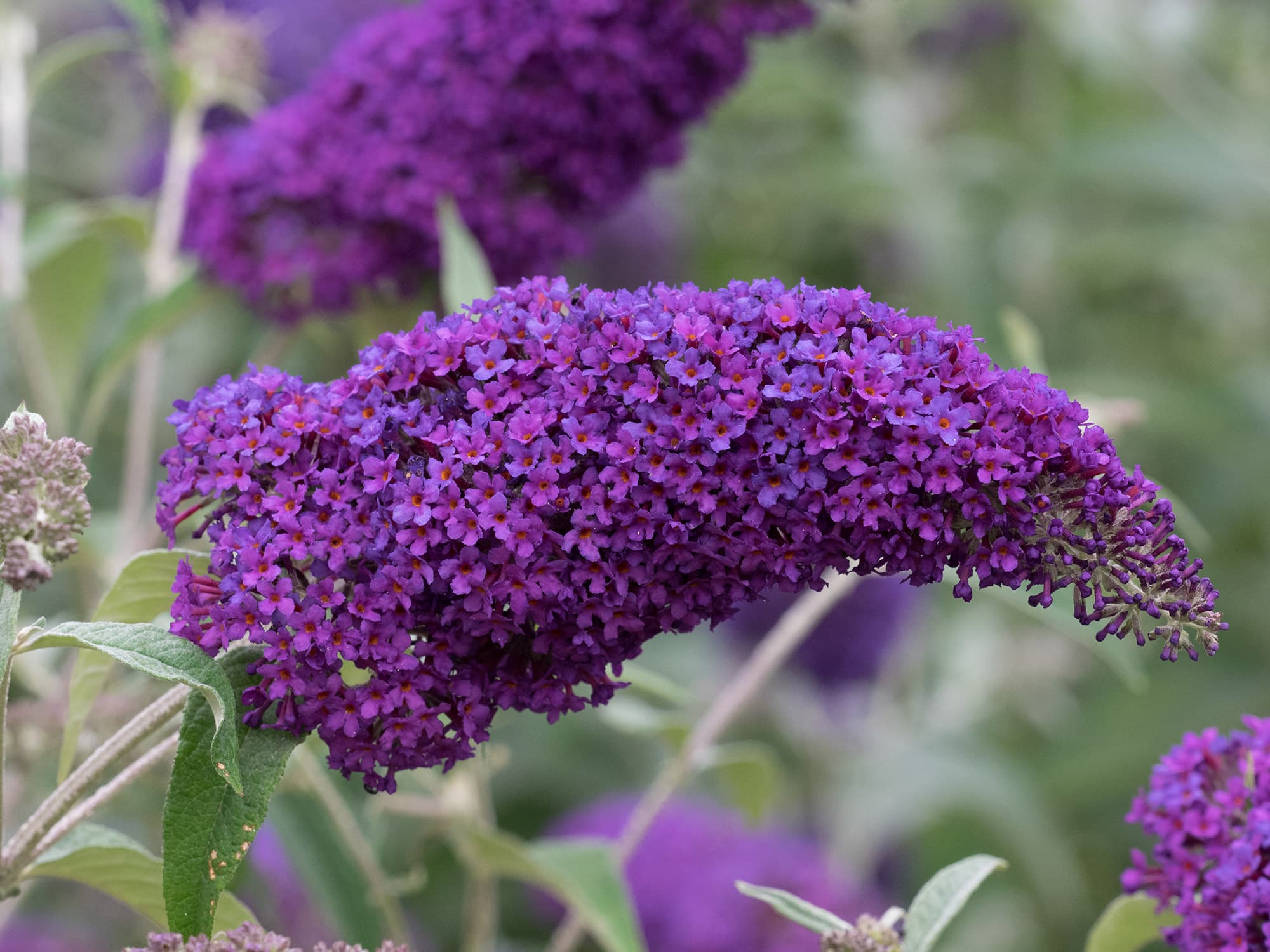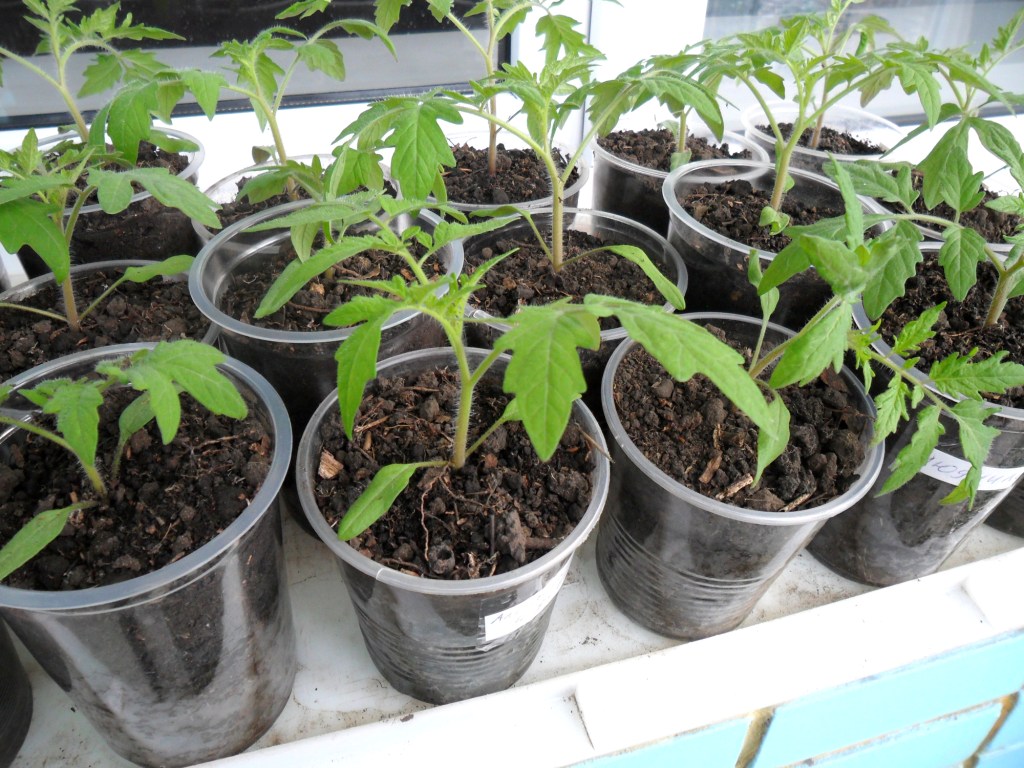Budleia belongs to the Norichnikov family, whose representatives can be found in the warm and moderately warm territory of South Africa, Asia, and also in America. The plant got its name thanks to the English botanist Adam Buddle, who lived at the turn of the 17th and 18th centuries. In his homeland, this bush was called orange-eyed. Budlea also has nicknames that characterize it: "Butterfly tree", "Butterfly magnet".
The honey aroma exuded by the plant is very much to the taste of the beautiful large butterflies that flock from all places in the hope of feasting on nectar. It is also called the autumn lilac because its clusters are similar to this shrub.
Content
Description of buddley
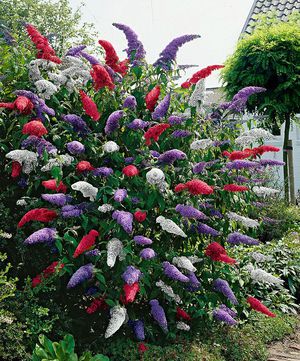 In nature, you can find about 100 species of this plant. There are wonderful semi-evergreen or deciduous herbaceous plants and shrubs... Budlea blooms late and long. Among the features of the shrub, the simultaneous formation of buds, opened flowers and fruits stands out.
In nature, you can find about 100 species of this plant. There are wonderful semi-evergreen or deciduous herbaceous plants and shrubs... Budlea blooms late and long. Among the features of the shrub, the simultaneous formation of buds, opened flowers and fruits stands out.
Budleia grows up to 3 meters high, its leaves are arranged in pairs on the stem, their length reaches 30 cm. Inflorescences growing in panicles are formed in Asian varieties, their length reaches 50 cm, American varieties are spherical.
The flowers are small tubular, have a honey smell, are divided into 4 parts, which resemble lilacs. Flowers are white, red, pink, yellow, orange, lilac, crimson, as well as various shades. The fruits of the plant are oblong boxes with seeds inside.
The cultivated species are quite hardy, they survive the winter well, but if there is no snow, they can freeze out, so it is better to cover them. Although, if the upper part dies, the shoots that came out in the spring may even become covered with flowers this year. In the genus of this plant, there are also more frost-resistant species that can withstand frost and up to minus 20 degrees.
Types and varieties of plants
The most hardy and adapted to our climate among the species and varieties of Budleya is Budleya David and its derivatives:
- Budleya Wilson, forming pink-lilac inflorescences up to 75 cm long.
- Budleya Vicha with beautiful large and densely strewn inflorescences of a rich pink-purple color.
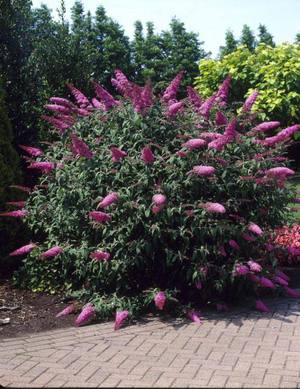 Budleya David is a deciduous shrub that grows upward, reaching 2–3 meters. It may look like a spreading tree with drooping branches, reaches a height of five meters.
Budleya David is a deciduous shrub that grows upward, reaching 2–3 meters. It may look like a spreading tree with drooping branches, reaches a height of five meters.
This species grows very quickly. The leaves of the budleya David are lanceolate or oval-lanceolate, pointed apex, reaches 25 cm in length. The color above is dark green, below it is white-yellowish due to dense pubescence.
The flowers of David's budleia are lilac in color, smell of honey aroma, collected in dense spike-shaped inflorescences, reaching 40 cm in length. Budleya David is covered with flowers from the end of summer, blooms for about 1.5 months.
Among the varieties, the following stand out:
- Alba, White Cloud, White Profusion bloom with snow-white flowers.
- Empire Blue, Black Knight form purple flowers with different saturation.
- Royal Red, Harlequin bloom with red flowers of different tones.
Less winter-hardy varieties, but with good cover they can withstand frosts:
- Budleya white-flowered... This deciduous shrub blooms with broad, conical, white or pale lilac inflorescences.
- Deciduous shrub budlea snowy covered with lilac paniculate inflorescences, its shoots and leaves are heavily pubescent.
- Deciduous shrub of japanese budley it is characterized by rapid growth, lavender flowers up to 20 cm long are formed on its panicles.
- The drought-resistant deciduous shrub is budley alternate-leaved... It is cultivated as a tree with a crown like a weeping willow. The inflorescences are medium-sized, have pink-lilac or purple flowers, the aroma from them comes from an almond.
- Semi-evergreen shrub budley globose blooms in May, forming a spherical shape of orange-golden inflorescences. This plant is only for the southern regions.
Growing from seeds
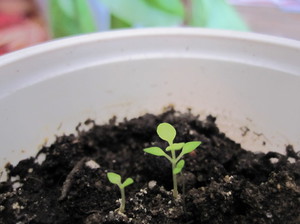 In our climate, seeds collected with our own hands may not ripen. Therefore, various tricks are required in the form of preliminary stratification or sowing on a layer of snow. It is better to buy seeds in a specialized store, which sells quality goods from well-known foreign companies.
In our climate, seeds collected with our own hands may not ripen. Therefore, various tricks are required in the form of preliminary stratification or sowing on a layer of snow. It is better to buy seeds in a specialized store, which sells quality goods from well-known foreign companies.
The seeds of the budley are small, so to make it easier to better mix them with sand, and then distribute them over a loose substrate with a neutral reaction. For this wide bowls are taken, at the bottom of which there is already a drainage hole with the drainage itself, on top of which is the ground. You should not throw the seeds over with earth, just press it a little to the surface of the substrate and spray it from a spray bottle. The seeds are covered with glass on top, you can use plastic wrap, after which the vessel with the seeds is placed in a warm and bright place with a temperature of about 22-25 degrees, without direct sunlight.
Sowing is done in early spring. Seedlings can be expected in 2-3 weeks... The resulting sprouts need air, and the soil needs moisture. To prevent a disease called blackleg, prophylaxis with pink potassium permanganate should sometimes be done.
After the hatched seeds get stronger, the film or glass is removed, after which the plant is grown in a room climate. After a period of adaptation, when 2-3 pairs of leaves appear in the sprouts, they dive into separate containers with peat. Now it is time for hardening, for this you need to open the window, but not for long, protecting the seedlings from drafts.
Landing budley
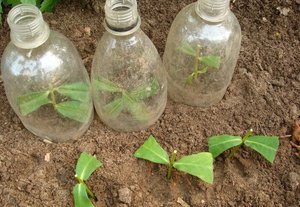 The plant should be planted after the last frost. The site is selected protected from strong winds and drafts. The soil of the culture will need a neutral reaction, fertile, moist, with drainage... How to plant? The budleia flower grows well, so a good distance should be kept to prevent crowding.
The plant should be planted after the last frost. The site is selected protected from strong winds and drafts. The soil of the culture will need a neutral reaction, fertile, moist, with drainage... How to plant? The budleia flower grows well, so a good distance should be kept to prevent crowding.
Dig holes, deep along the root system, to this add 20 cm for drainage and fertilization. A drainage layer is made 10-15 cm, large material is used. Garden soil is poured on it, supplemented with compost and mineral fertilizer, after which a seedling is installed, covered with soil and compacted with soil, then watered and mulched around the trunk with compost. The neck of the root should remain on the surface, at ground level.
Growing budley
Crop care involves watering during the driest times. You should take a bucket of standing water and pour it into the groove dug around the bush. Budleia shoots stretch quickly and can reach a height of 2 to 2.5 meters in a season... If you are interested in long flowering and large flowers, then fertilize the plant 2-3 times with potassium and phosphorus, which are responsible for growth and lush flowering.Buddleya is not indifferent to humus and liquid compost, so you should alternate mineral fertilizers with organic ones.
This crop requires a clean area to supply the roots with oxygen. The soil must be carefully loosened so as not to damage the root system that is almost on the surface, and also to monitor the absence of weeds.
Pruning
 This crop requires pruning. Otherwise, over time, the bush will become unattractive due to bare and elongated branches. Also pruning helps the flowering intensity.... It is imperative to remove wilted inflorescences so that the forces of culture go to the formation of new flowers.
This crop requires pruning. Otherwise, over time, the bush will become unattractive due to bare and elongated branches. Also pruning helps the flowering intensity.... It is imperative to remove wilted inflorescences so that the forces of culture go to the formation of new flowers.
In early spring, when the weather has already settled, the budley bush is pruned. Low-growing varieties should be cut to a level of 30 cm, high ones - they leave 90 cm.At the same time, they form a neat bush, maintaining high decorativeness and thus stimulating lush flowering. From the above, it can be seen that caring for the plant is quite simple.
Reproduction
In addition to propagation by seeds, good results are achieved by cuttings. To do this, in the fall, after flowering, you need to cut off annual green shoots, and then leave to winter in a cool, frost-free room for spring rooting. Can be planted immediately in the ground, where they should take root in about 2 months... Cuttings are trimmed with three buds, as two of them sink into the ground. With the onset of cold weather, the cuttings are covered, in the spring they are transplanted to a permanent place. Those that remained indoors for the winter, with the onset of constant heat in the spring, are rooted immediately in a permanent place.
Pests and diseases
The plant is rarely affected by diseases and pests. Only whitefly and spider mites attack, which appear on the plant during the dry period. If there is no way to maintain an optimal level of humidity, then you will have to constantly prune the affected areas of the buddley and carry out insecticide treatment. But in general, the plant is quite strong, which is one of the reasons to grow buddleya on your site.
After flowering period and in winter
In September or October, it is time to collect seeds. However, germinating your seeds is a troublesome business and not many decide on it. Therefore, if you want to grow buddleya in your garden, it is better to go to a specialized store and purchase good quality seeds of well-known European brands.
After the leaves turn black on the bud, you should start hilling with dry earth to the third bud on the shoots. The branches are cut, leaving only 20 cm, counting from the hill. After which the bush is covered with spruce branches, a wooden box is placed on itwhich is used as a frame. Place roofing material on top, the edges of which are pressed to the ground with stones or bricks, this will serve as protection from strong winds. Neither film nor sawdust are suitable for these purposes, since under them the roots and stems grow. Choose a box that is voluminous, which will provide the plant with air access.
A healthy, lush blooming buddlea bush will give you a lot of wonderful moments of relaxation. Proper care will ensure reliable wintering, decorative appearance and elegant flowering, which is the key to admiration for one of the most beautifully flowering and fragrant garden shrubs.
